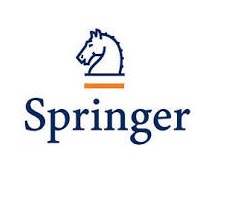1 Introduction
Data hiding (DH) may embed secret data, copyright information, and annotation into various media such as image, audio, video, or text. The embedded data should be invisible to a watchdog, and meanwhile the secret data have to stay hidden in a cover signal without detection from steganalysis tools. For this reason, we should retain the good visual quality of an image with the high embedding data. However, trade-offs exist between the embedding capacity and the degree of quality to cover media modification. That is, as one increases, the other must decrease. Thus, according to our need, we choose the best way to implement DH. Reversible DH (RDH) was derived from DH for sensitive applications such as military and hospital since 10 year ago. Recent research on RDH has been focused on encrypted domains.
Another topic of this special issue is visual cryptography scheme (VCS). In the last two decades, investigations on VCS were widely conducted. A basic model of VC was firstly proposed by Naor and Shamir. They demonstrated VCS, where an image was divided into a number of shared images so that only participants in the qualified set could decrypt the secret image, while participants in the nonqualified set have no information about the secret. In VCS, the appealing property is that the decoding process can be performed directly by the human eyes without any complicated cryptographic computation. This ‘‘stackingto-see’’ property of VCS provides many intended applications, e.g., information hiding, access control, watermarking, authentication, identification, and transmitting passwords.








